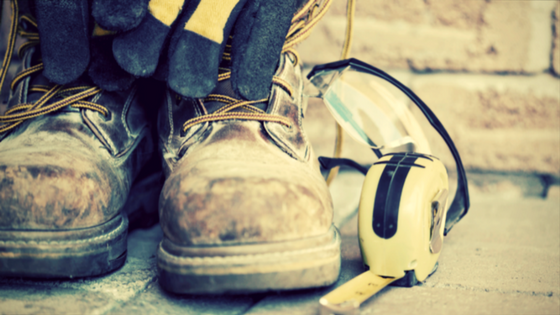Shoes have been protecting feet from everyday dangers for thousands of years. Keeping your feet safe in the workplace means going beyond footwear made for everyday occasions.
In the workplace, employees are exposed to unique circumstances that they may otherwise never encounter. From falling objects to dangerous spills to standing for hours at a time, the feet are subjected to large amounts of stress and potential hazard every work day. And even just one foot injury can lead to a slowdown in production and a workers' compensation case.
Regardless of what type of industry you’re in, your employee’s feet are vulnerable to accidents. That’s why implementing a foot protection program in the workplace isn’t just a good idea, it should be mandatory.
3 Common Foot Protection Issues and How to Prevent Them
Foot Discomfort
Your feet may get tired after standing for hours, but this kind of discomfort shouldn’t be ignored. Sore feet from daily activities or poor floor quality leave a person vulnerable to injuries stemming from fatigue and exhausted muscles. People who experience discomfort may focus more on their pain rather than their job, which could make them susceptible to workplace accidents. If your employees are on their feet often, a softer floor, such as cork, carpet, or rubber can ease some of the pain from standing. You can also provide some guidelines on how their shoes should fit, along with some shoe recommendations.
Slips, Trips, and Falls
A slip, trip or fall might not always result in a foot injury, but wearing improper footwear is a direct culprit of the accident. These types of job site accidents account for about 15 percent of all reported injuries and can be better prevented with non-slip shoes.
Direct Foot Injuries
Direct foot injuries, such as punctures, crushing, lacerations, and sprains comprise nearly 10 percent of all reported disabling injuries. Wearing proper foot protection, such as steel-toed boots, might not deter injury completely, but it can lessen the damaging effects.
Conclusion
Injuries that occur directly to the foot are only a small part of the problem. Implementing a solid foot protection program can help address other contributing factors to kick foot-related pain and injuries to the curb.
